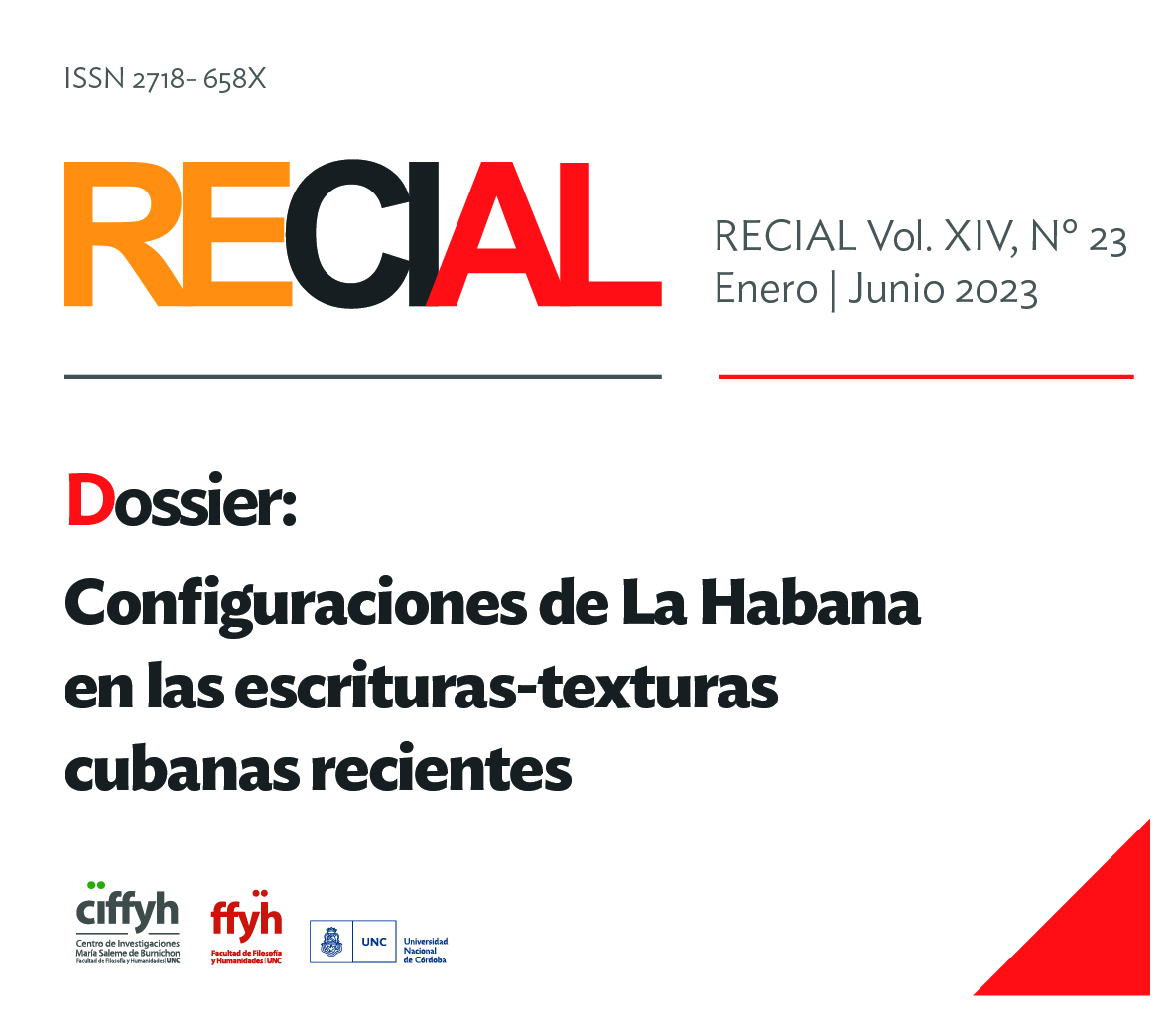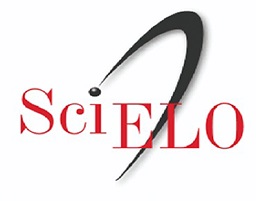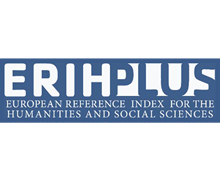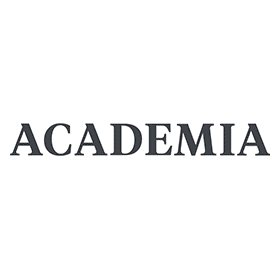Multiple Havana. Historical imaginaries and urban experiences in Cuban literature
DOI:
https://doi.org/10.53971/2718.658x.v14.n23.41369Keywords:
city, Havana, Moscow, narrativeAbstract
In this paper I analyze some urban imaginaries of Cuban literature that are produced between the mid-20th century and the 21st century. In the first section I describe the city that Antonio José Ponte builds in “Un arte de hacer ruinas” and I compare that fragmented city with the organic imaginaries of José Lezama Lima and Alejo Carpentier. I propose as a hypothesis that the changes in the way of understanding Havana are linked to the dissolution of the Socialist Bloc. In the second section I examine the importance of Russian-Cuban relations to understand the city and for this I analyze the film Soy Cuba, by Mikhail Kalatózov, and La mala memoria de Padilla. In the third section I describe the film The Work of the Century (2015) to think about the fracture of that relationship and the impact that this fracture has on the city. In the following section I contrast the different urban experiences that are appear, on one hand, in the books by Ponte and Iván de la Nuez and, on the other, in the most recent novel 9550: una posible interpretación del azul (2014), by Abel Arcos. In the conclusions I reflect on the current experience of the city from the imaginary that this last writer proposes.
Downloads
References
Arcos, A. (2014). 9550: una posible interpretación del azul. Praga: Éditions FRa.
Benjamin, W. (1990). El origen del drama barroco alemán. Madrid: Taurus.
Blanchot, M. (2002). La comunidad inconfesada. Madrid: Editora Nacional.
Carpentier, A. (1982). La ciudad de las columnas. La Habana: Letras Cubanas.
----------------. (1990). Lo barroco y lo real maravilloso. En Autor, Ensayos (pp. 167-193). México: Siglo XXI.
Casullo, N. (2008). La revolución como pasado. En Autor, Las cuestiones (pp. 11-124). Buenos Aires: Fondo de Cultura Económica.
Chaple, S. (1996). La primera publicación de Alejo Carpentier: consideraciones en torno a la génensis de su narrativa y labor periodística. En Estudios de narrativa cubana (pp. 139-166). La Habana: Letras Cubanas.
De la Nuez, I. (2020). Cubantropía. Barcelona: Periférica.
Ferraz, V. (2005). Soy Cuba, O mamute siberiano. Brasil: Três Mundos.
García Márquez, G. (1979). De viaje por los países socialistas. Bogotá: La oveja negra.
González Echevarría, R. (1987). La ruta de Severo Sarduy. Hanover: Ediciones del Norte.
Hobsbawm, E. (1997). Historia del siglo XX. Barcelona: Crítica.
Kalatózov, M. (1964). Soy Cuba. Rusia/Cuba: Mosfilm.
Lacan, J. (2001). Seminario 20. Aun. Buenos Aires: Paidós
Lezama Lima, J. (1985). “Noche insular: Jardines invisibles”. En Autor, Poesía completa (pp. 86-92). La Habana: Letras Cubanas.
-------------------. (1975). Sucesiva o las coordenadas habaneras. En Autor, Tratados en La Habana (597-699) .Obras completas, Tomo II. México: Aguilar.
Machado Quintela, C. (2015). La obra del siglo. Cuba, Argentina, Alemania: Ventura Film, Raspberry & Cream, M-Appeal, Rizoma Films, Uranio Films.
Miller, J. A. (2010). Extimidad. Buenos Aires: Paidós.
Nancy, J. L. (2000). La comunidad inoperante. Santiago de Chile: ARCIS.
Padilla, H. (1989). La mala memoria. Barcelona: Plaza & Janés Editores.
Ponte, A. J. (2005). Un arte de hacer ruinas y otros cuentos. México: Fondo de Cultura Económica.
-------------. (2007). La fiesta vigilada. Barcelona: Anagrama.
Sarduy, S. (1999). Gestos. En Obra Completa Tomo I (267-326). Buenos Aires: ALLCA XX/Sudamericana.
Published
How to Cite
Issue
Section
License

This work is licensed under a Creative Commons Attribution-NonCommercial-ShareAlike 4.0 International License.
Aquellos/as autores/as que tengan publicaciones en esta revista, aceptan los términos siguientes:
- Los/as autores/as conservarán sus derechos de autor y garantizarán a la revista el derecho de primera publicación de su obra, el cuál estará simultáneamente sujeto a la Licencia de reconocimiento de Creative Commons que permite a terceros compartir la obra siempre que se indique su autor y su primera publicación esta revista.
- Los/as autores/as podrán adoptar otros acuerdos de licencia no exclusiva de distribución de la versión de la obra publicada (p. ej.: depositarla en un archivo telemático institucional o publicarla en un volumen monográfico) siempre que se indique la publicación inicial en esta revista.
- Se permite y recomienda a los/as autores/as difundir su obra a través de Internet (p. ej.: en archivos telemáticos institucionales o en su página web), luego de su publicación en la revista. (Véase El efecto del acceso abierto).























